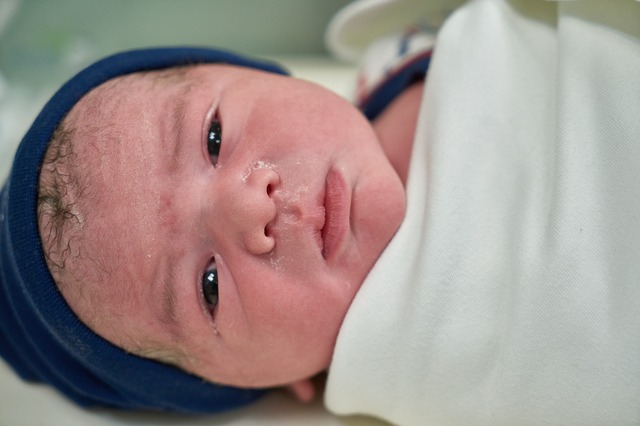Swaddling: Should You or Shouldn’t You?
The practice of swaddling babies has existed for thousands of years and continues to be widely used today. It’s often recommended for its calming effect on babies, but every child is different and every situation is unique. We’ll discuss what swaddling is and why it is an option some parents choose for their babies.
What is Swaddling?
To swaddle a baby means to wrap your baby up tight in a blanket. Once secured, your infant will usually resemble a little burrito! Wrapping your infant up often helps them feel calm and secure, as it mimics being held closely or perhaps feels somewhat similar to being tightly confined within the womb.

Why is swaddling helpful?
Infants are born with a number of reflexes, one of which is a startle reflex. When your newborn is startled by a loud noise, a sudden movement, or has a falling sensation, they may extend their arms and legs suddenly or arch their back briefly before curling up into a comfortable position again. These movements may be accompanied by crying, but they may not. Also known as the Moro reflex, this reflex generally fades from the baby’s responses by two months of age.
Putting newborns to sleep on their backs is strongly recommended to reduce the risk of sudden infant death syndrome, or SIDS. Many babies struggle with sleeping on their backs because they startle themselves awake. Wrapping a baby securely in a blanket helps prevent these reflexive movements.
Keep in mind:
- If your baby is happy and sleeping well without swaddling, swaddling isn’t necessary.
- Babies should always be put to sleep on their backs.
- The swaddling material must be secured.
- Swaddling for short periods of time is likely fine, but if your baby is going to spend a significant amount of the day and night swaddled, consider using a swaddling sleep sack that lets the legs move.
Risks involved with swaddling
Swaddling does not come without its own risks. If the blanket or fabric used to swaddle a baby comes loose, it can increase the risk of suffocation. In addition, if swaddled babies are put on their sides or stomachs, the risk of SIDS increased significantly, according to this study. If the babies were older than 6 months of age and placed on their stomachs while swaddled, the risk of SIDS doubled.
As swaddling keeps the legs together and straight, it can also increase the risk of hip problems. While swaddling for short periods of time will likely have no long-term, negative effects, if your baby needs to be swaddled for an extended amount of time, it’s important to keep in mind healthy development of the hips. Your baby’s legs need to be able to bend up and out at the hips, so using a swaddling sleep sack that lets the legs move may be a better option than tight swaddling. However, it may not have quite the same calming effect that a traditional swaddling can induce.
How to swaddle
Learning to swaddle a baby properly may take a little practice! Practicing with a baby doll will help prepare you, although swaddling a squirming and/or fussing baby is challenging even for those who have a lot of practice! Swaddling properly will strike a balance between security and ease of breathing. It’s important that the blanket not come loose and pose a hazard, but it’s equally important that a baby can easily breathe. Try to secure your swaddle with room for your hand to fit between the blanket and your newborn, but tight enough that movement is limited and breathing is not.

When to stop swaddling
Once your baby can roll over on their own or easily maneuver his/her arms and legs out of the swaddle, it’s time to stop swaddling or adjust your swaddling technique. If you would like to continue to swaddle your baby, adjust the placement of the blanket to under their armpits and leave their arms out of the swaddle. If you have questions about making this transition as safe and easy as possible, Dr. Leung would be happy to discuss it with you.
Conclusion
While many parents swaddle to reduce the risk of sudden infant death syndrome (SIDS), others prefer not to due to the risk of hip dysplasia. You’ll need to make the decision that feels right for your family. If you do choose to swaddle your newborn, it’s most important to swaddle properly. If you have concerns about how to swaddle your baby, contact our office for an appointment so Dr. Leung can be of assistance.
At Entirely Kids Pediatrics, we believe that each baby’s needs are unique. If you’re uncertain about swaddling or need personalized advice, our experienced pediatricians can help guide you through the best practices for your newborn’s care.
